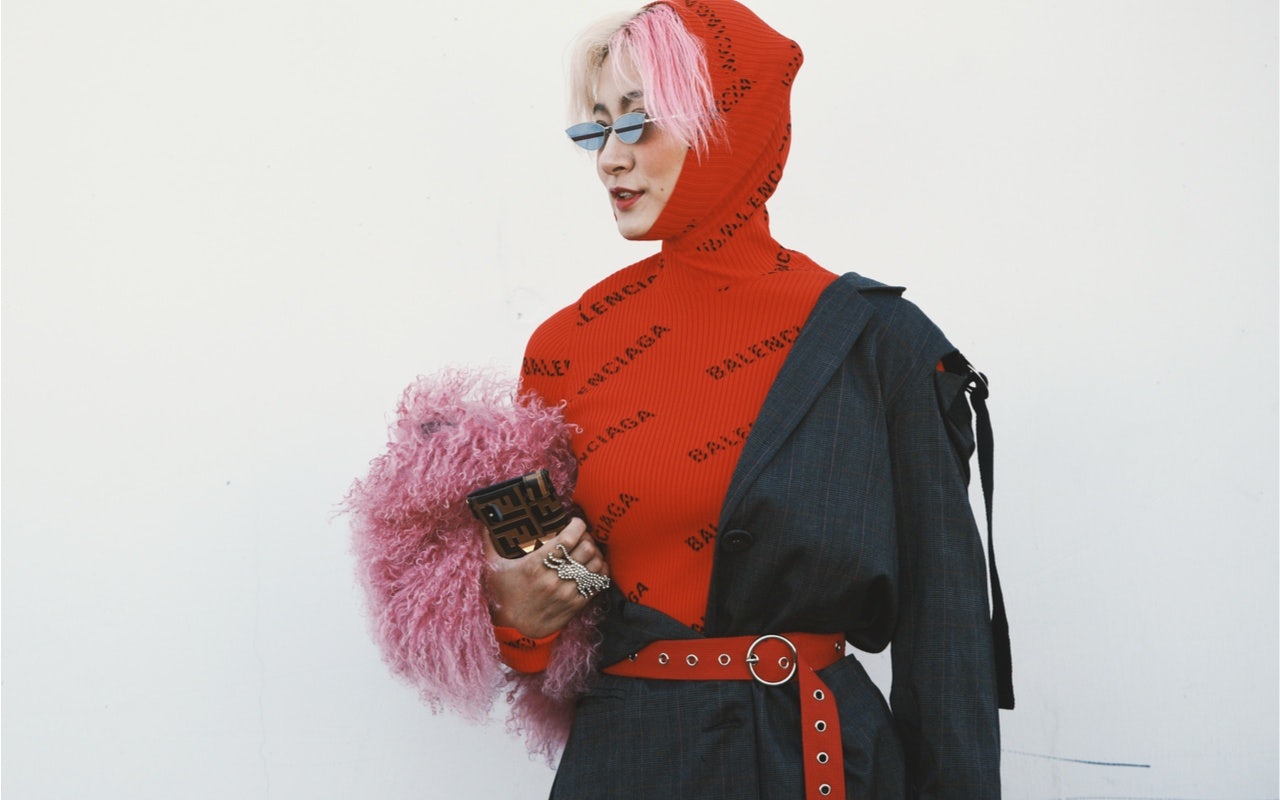According to Kering's first-half 2019 results released in July, China remains the main driver of the luxury industry, despite slow gains in key areas.
Recording a consolidated revenue of €7.638 billion, a rise of 18.8 percent over the same period in 2018, Kering's Chairman and CEO, François-Henri Pinault, said the group’s revenue growth “handily topped market trends, and was highly profitable,” with Kering creating “an additional 1.2 billion euros in revenue in the [first] six months [of 2019]” and operating margin reaching a record 29.5 percent.
If Kering is an indicator of how Chinese consumer spending is contributing to luxury’s bottom line, there are a couple of key takeaways from the report.
First, regional sales trends as projected by Bain & Company and Altagammafor the whole of 2019 indicate that the luxury industry’s strong performance is still driven primarily by Chinese consumer spending. Sales in mainland China are anticipated to rise 18 to 20 percent in 2019 at steady exchange prices.
Last November, Beijing increased the tax-free allowance on personal international e-commerce purchases from 2,000 to 5,000 yuan per year, a move that aimed at increasing local purchases. This followed the move in July of last year to halve import tariffs on clothing and accessories to 7 percent, down from nearly 16 percent, and tariffs on cosmetics to just under 3 percent, down from over 8 percent, led to major luxury brands cutting mainland China prices.
This momentum should also drive efficiency across the Asia-Pacific region (where sales are expected to rise at constant exchange rates by 10 to 12 percent this year, excluding Japan and mainland China).
Second, the general forecast is that a plateauing Chinese economy and ongoing US-China trade tensions are unlikely to affect overall Chinese consumer luxury spending. What has changed is where these customers are shopping.
Kering's revenue in North America is being impacted by a decrease in Asian (in general) and Chinese (in particular) arrivals. Meanwhile, markets in Asia remain buoyant, led by South Korea, Macau and Hong Kong — although we can expect to see Hong Kong sales impacted in the second and third quarters of 2019 by protests in Hong Kong. Another area of perhaps unexpected growth this year is from mainland Chinese customers shopping at home — something that they’ve traditionally been less apt to do because of high import taxes.
These moves appear to be bearing fruit. In the first half of 2019, mainland China saw the strongest growth in the Asia-Pacific region for Kering, with sales up 35.3 percent year-on-year, reflecting the trend of more Chinese luxury consumers choosing to shop locally rather than overseas. Now, the focus for Kering and other luxury giants will be whether this trend continues to gain momentum, or if it’s a relative blip and consumers will tighten their purse strings or go back to shopping heavily overseas in the year ahead.

